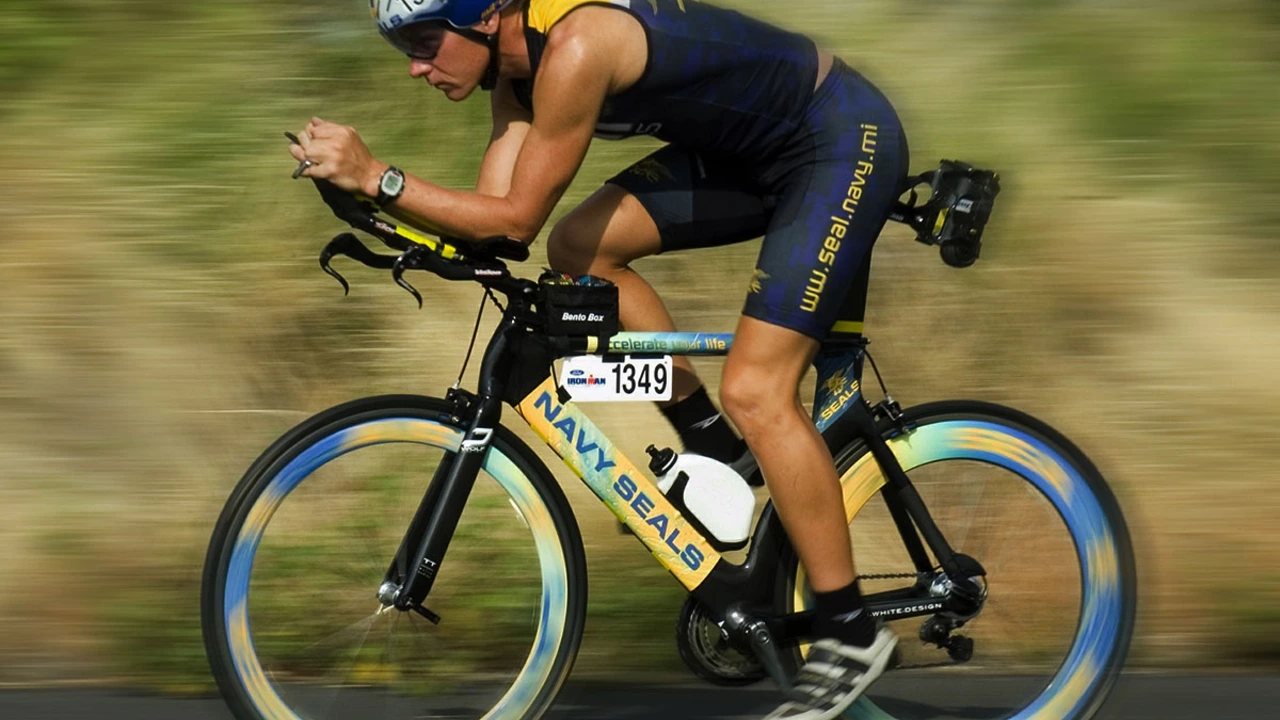SEARCH
Road Cycling: Real‑World Tips, Gear Picks, and Training Hacks
If you love the feel of a smooth pavement under your wheels, you’re in the right spot. Road cycling isn’t just about speed; it’s about comfort, safety, and getting the most out of every ride. Below you’ll find easy‑to‑use tips that work for anyone, from the guy who rides to work to the rider chasing a personal best.
Before you even think about a new bike, nail down what you want to do most. Do you ride long distance, hit steep climbs, or just enjoy a casual weekend spin? Your answer decides frame geometry, wheel size, and component choice. A road bike built for comfort will have a relaxed geometry, wider tires, and a smoother saddle, while a race‑oriented bike leans forward and favors a stiffer frame for speed.
Choosing the Right Road Bike and Gear
The first thing most riders overlook is tire width. Wider tires (25‑28mm) give you a smoother ride on rough roads, reduce fatigue, and still keep you fast. Pair them with a tubeless setup if you can; fewer flats and lower pressure make a big difference on long rides.
Next, think about your handlebars. Drop bars are classic, but many riders now prefer a compact shape with a shallow drop. It gives you multiple hand positions without forcing you into an aggressive posture. If your budget allows, upgrade to a carbon fork – it cuts vibration and saves a few grams of weight.Don’t forget about your pedals and shoes. Clipless pedals (look for SPD or Look models) lock your feet in place, improving power transfer and control. Invest in a pair of well‑ventilated shoes that match your pedal system. This combo feels natural after a few rides and keeps your feet from slipping on descents.
Finally, a reliable helmet is non‑negotiable. Pick one that fits snugly, has good ventilation, and meets safety standards. Some helmets now come with built‑in MIPS technology, which reduces rotational forces in a crash – worth considering if you ride in traffic or on technical routes.
Training, Nutrition, and Staying Safe on the Road
Consistency beats intensity for most road cyclists. Aim for three rides a week: a steady endurance ride (2‑3 hours at a comfortable pace), a shorter high‑intensity interval session, and a fun weekend ride that mixes terrain. This mix builds stamina, speed, and keeps boredom at bay.
Nutrition starts with hydration. Carry a water bottle on every ride, and sip regularly. For rides longer than an hour, add a sports drink or a small snack (like a banana or an energy bar) to replace lost electrolytes and carbs. After a ride, refuel within 30 minutes – a mix of protein and carbs (a shake, yogurt, or a peanut‑butter sandwich) helps muscles recover faster.
Safety isn’t just about wearing a helmet. Use bright clothing and reflective accessories, especially in low‑light conditions. Position yourself where drivers can see you, and always signal turns early. If you’re riding in a group, stick to the right side of the road and keep a steady pace so you don’t surprise anyone.
One often‑missed safety tip is to check your bike before each ride. Quick visual checks of tire pressure, brake function, and chain lubrication can prevent a flat or a slip mid‑ride. A well‑maintained bike feels smoother, which means you can focus on the road instead of fixing issues.
Road cycling is a blend of gear, training, and habits. By picking the right bike setup, following a simple ride schedule, and staying smart about nutrition and safety, you’ll see progress faster and enjoy every mile more. Ready to hit the road? Grab your bike, tighten those straps, and ride on.

How long does it take to become a cat 1 racer in road cycling?
Becoming a cat 1 racer in road cycling is no easy feat and the timeline varies for everyone. It could take anywhere from 3 to 5 years of dedicated training and racing, but it ultimately depends on your natural talent, commitment and the time you're willing to invest. Climbing through the ranks from a beginner to a cat 1 racer requires substantial effort, strategic race selection, and consistent performance. The journey demands a balance of physical endurance, tactical intelligence, and a strong mental game. So, if you're inspired to become a cat 1 racer, gear up for a challenging yet rewarding journey ahead.
Continue reading